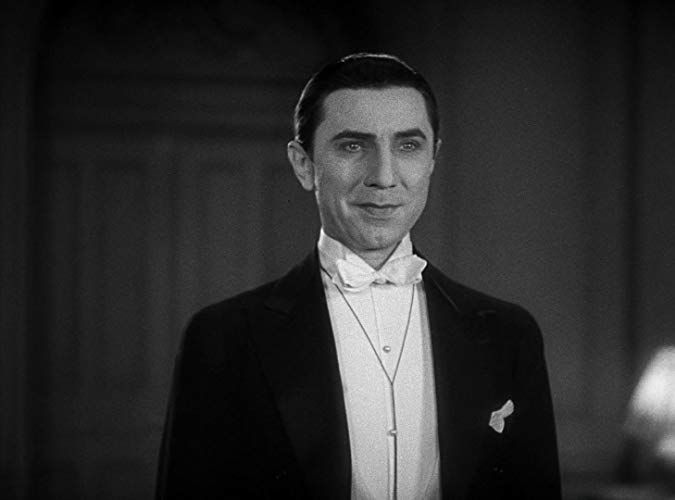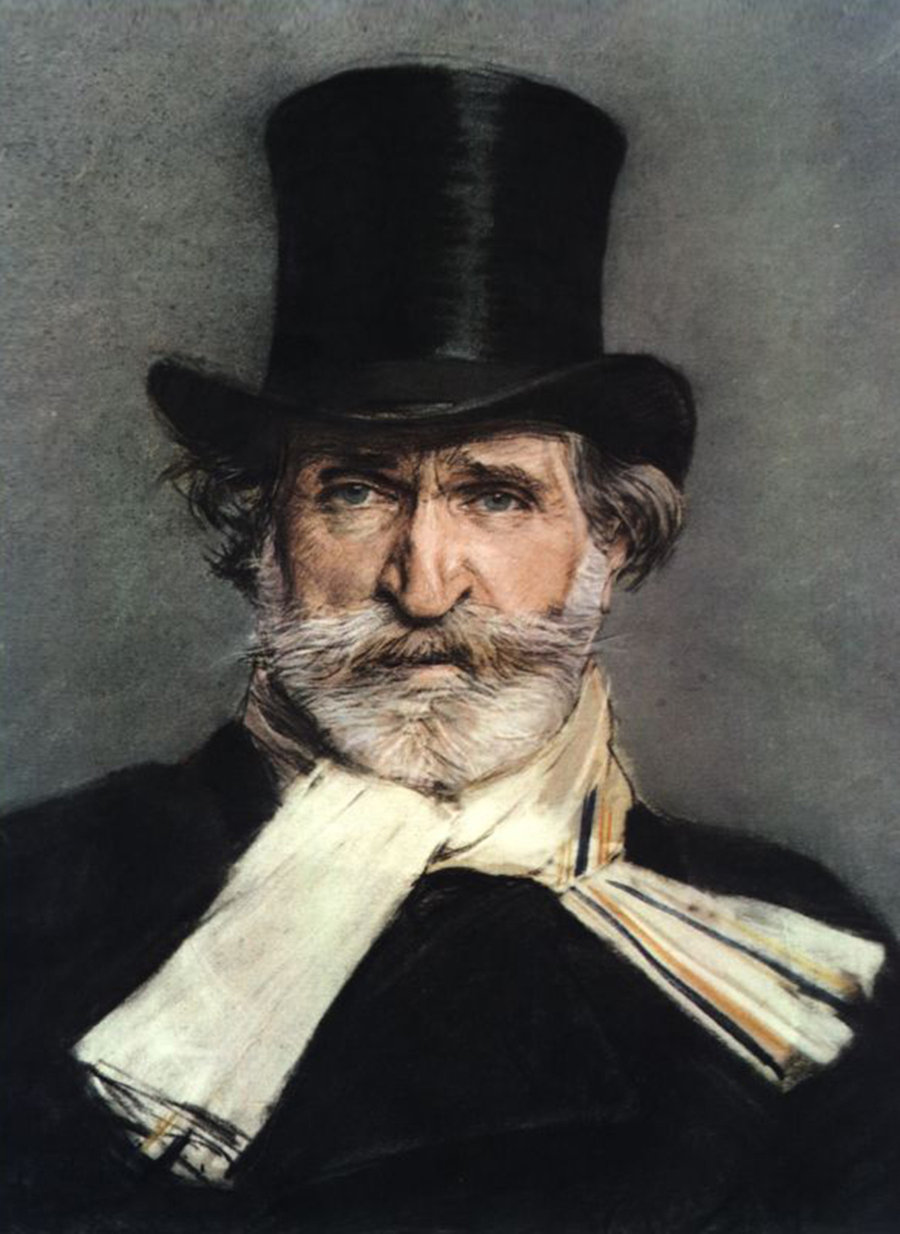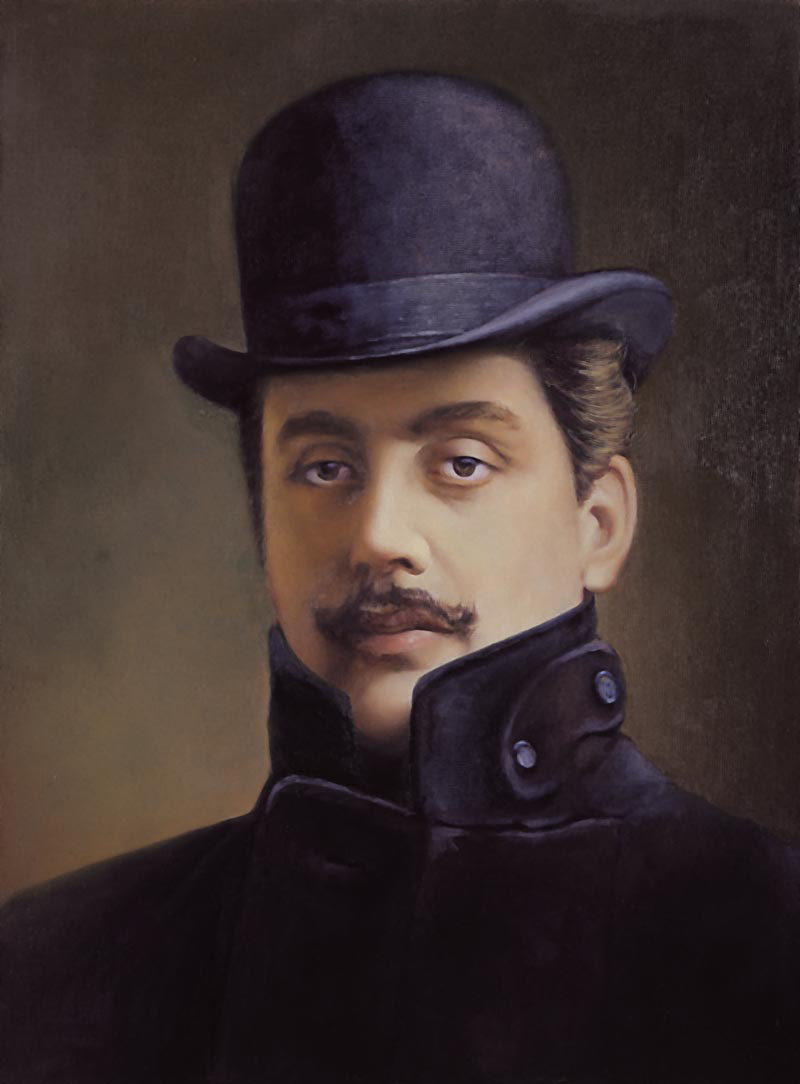|
Saturdee
Opry Links # 106:
Hallowe'en Special!
Trick or Treat! Saturdee Opry Links has outdone itself for Hallowe'en! Yes, all today's selections are creepy and they're kooky, mysterious and spooky---why, they're altogether ooky! From singing devils and chanting witches to the risen corpses of dancing nuns and grunting dragons, SOL has pulled out all the stops. Overture, ten weird and eerie selections, plus two---yes, two---encores! Oh, did I leave out the dancing noses? So get a witch's shawl on, a broomstick you can crawl on, come and pay a call on. . .Saturdee Opry Links.
Saturdee Opry Links Hallowe'en Overture
Gounod, "Faust." (And if I have to explain what "Faust" has to do with Hallowe'en, you might as well go back to watching "Wheel of Fortune.")
https://youtu.be/eWuTEBMBRIc
1.
What else to start with on Saturdee Halloween Opry Links. . .but the devil? The devil, you say! Here's a little philosophy lesson from Old Scratch, kiddies. I must say that I identify with the sentiments expressed here. From Boito's "Mefistofele," here is "Ecco il Mondo," with the great Samuel Ramey. " Such is the world / Upon its huge / And rounded back / Dwells an unclean / And mad race. . ."
https://www.youtube.com/watch?v=WSyV3cjWLWY
Setting: The heights of Brocken Mountain, medieval times
Synopsis: During a series of Satanic rituals on the mountaintop, a group of witches give Mefistofele a glass globe. He sees the world in it and declares his hatred for it.
TRANSLATION:
Here is the world,
Empty and round.
It rises, falls,
Dances, glitters,
Whirls about
Under the sun,
Trembles, roars,
Creates, destroys,
Now barren, now fecund-
Such is the world.
Upon its huge
And rounded back
Dwells an unclean
And mad race,
Wicked, subtle,
Proud, vile,
Which lorever
Devours itself,
From the depths to the heights
Of the guilty world.
This proud
And foolish race,
Amid vanities
And orgies,
Laughs, exults,
Merrily, heedlessly,
Wealthy, proud,
And swells up
On the foul globe!
Of the guilty world!!!
ITALIAN:
Ecco il mondo,
Vuoto e tondo,
S’alza, scende,
Balza e splende.
Fa carole intorno al sole,
Trema, rugge, dà e distrugge,
Ora sterile or fecondo.
Ecco il mondo.
Sul suo grosso
Antico dosso
V’è una schiatta
E sozza e matta,
Fiera, vile, ria, sottile,
Che ad ogn’ora si divora
Dalla cima sino al fondo
Del reo mondo.
Fola vana è a lei Satana,
Riso e scherno
E’ a lei l’inferno,
Scherno e riso il Paradiso.
Oh per Dio!
Che or rido anch’io,
Oh per Dio! ecc.
Nel pensare ciò
Che le ascondo.
Ah! Ah! Ah! Ah!
Ecco il mondo!
2.
There is "Mefistofele," by Boito, and there is "Faust," by Gounod. Got it? (There will be a test on this at the end of today's links.) The stories are the same, and the devil is in the details. He's also in "Faust," of course. Here he expresses mocking contempt for the greed of the human race, much as he did in "Mefistofele." (That devil really gets around.) Here is baritone Ruggero Raimondi and golden slot-machine calf with "L'Veaux d' Or," or "The Golden Calf."
Setting: A celebration in a public square in a German city, 16th century
Synopsis: Appearing in the midst of a celebration by Valentin, Wagner, and their student friends, Mèphistophélès sings a song about greed and men's susceptibility to it. He finishes by singing that Satan is behind it all.
Translation:
AND IF YOU liked that one, here is a different production in which Beelzebub is decked out in dandy duds. As he would be.
3.
Lots of witches in opera. This poor, mad gypsy isn't exactly a witch, or is she? Her mother was burned at the stake for witchcraft, and daughter is set for revenge. From Verdi's "Il Trovatore," here is the spooky, "Strida La Vampa," with the great (and recently retired) Dolora Zajick.
Setting: A broken down shack in the Biscay Mountains, 1409.
Synopsis: Azucena describes her mother's death to Manrico and the crowd of gypsies. Her mother was burned on the stake for being a witch while the ones who convicted her falsely laughed and enjoyed themselves.
Translation:
SOL EXTRA!

4. One of the purposes of opera is to dramatize poetic justice---poetic justice that too often eludes humanity in the real world. By that I mean that the scoundrels always seem to get away with it, don't they? (See morning news.) Here is an instance where someone named Don does not get away with it! Har! Yes, that little old womanizer, he, gets his in the end. (Strange reference to '60's TV commercial in previous sentence.) In other words. . .Don Juan, for all his seductive chicanery, is finally sentenced---by a statue! Yes, the statue of the late Commendatore, in the opera "Don Giovanni," by Mozart, comes to life and drags Don Trump---I mean Don Juan---down to hell! Hell, I say! Ah-hahahahahahaha! You ladies, especially the metoo contingent, should enjoy this. Don Juan is Samuel Ramey, and the Commendatore is Kurt Moll. With English subtitles.
https://www.youtube.com/watch?v=hY_bQpmEBc0
Translation:
https://lyricstranslate.com/en/don-giovanni-act-ii-commendatore-sceneatto-secondo-scena-diciannovesima-don-giovanni-act.html
ANNNNND, IN THIS fun production, Don is licked by the very flames of hell! Just as Trump will be!
https://www.youtube.com/watch?v=7cb1QmTkOAI
5.
Many operas have superb, moving instrumental passages, but none as spectacular as those of Wagner. His "Ring" cycle contains some of the most beautiful, original, compelling music ever written, and many sections of it are performed in concert, without singers. Here is the genius -eerie passage, "Descent into Nibelheim," from the first of the "Ring" operas, "Das Rheingold." In this scene, Wotan, king of the gods, and Loge, god of fire (and cunning), descend into the underground dwelling of the dwarf-race, the Nibelungs, also known as Congress. They do this in an ill-fated (I'll say) attempt to wrest a ring of gold from the evil dwarf-king, McConnell---I mean Alberich---who, through the ring, has the power to rule all creation. This is a downright weird---but nonetheless amazing---staging by the Valencia Opera. Note the anvil chorus of Nibelung slaves, forging swords and other items, the poor dears. Also note the notes: everything you hear is built of any of over 100 "leitmotivs," or themes, that Wagner wrote for the operas---signifying characters, places, philosophy, psychology. Turn it up.
https://www.youtube.com/watch?v=LQ3q3LyjnmA
6. Here is the operatic version of "Double, double, toil and trouble / Fire burn, and cauldron bubble," as Shakespeare put it in "Macbeth." This is the witches' chorus from Verdi's "Macbeth." With English subtitles. Synopsis: The witches gather around a cauldron in a dark cave. Macbeth enters and they conjure up three apparitions for him. The first advises him to beware of Macduff. The second tells him that he cannot be harmed by a man 'born of woman'. The third that he cannot be conquered till Birnam Wood marches against him. (Macbeth: O lieto augurio / "O, happy augury! No wood has ever moved by magic power")
https://www.youtube.com/watch?v=7b4tKhV5mcg
8. Okay, trick-or-treaters, how about a little dragon blood in your baggies? Presenting two examples of the dragon-slaying scene from "Siegfried," episode three of Wagner's "Ring of the Nibelung" series of four operas. Follow this, if you dare: Fafnir and Fasolt were a couple of giants hired as construction workers to build the gods' new digs, Valhalla. Wotan, king of the gods, offered to pay them with the goddess, Freia, and being ugly giants, the thought of this fetching little supernatural waif as reward was P.L. enty. But Wotan never had any intention of giving Freia to the two dolts, you see, because she grows the magic apples that keep all the gods young. Got it? So the giants get a bit touchy about Wotan's dodge (inside baseball joke), and instead demand that Wotan turn over all the gold stolen from the Rhine maidens by Alberich the hideous dwarf---which Wotan (helped by Loge, god of fire) tricked Alberich into surrendering. Still with me? Wotan does this, even handing over the ring forged from the gold that makes the owner all-powerful. How do you like them magic apples? Well, this is all copacetic with Fafnir, but Fasolt is pissed. He still lusts after lithesome Freia. Ever see two giants argue? It's not a pretty sight. Fafnir whips out a club and hammers his brother to death, then grabs the gold and splits. (Phew. Pant, pant.) Later on, Fafnir, paranoid of theft, uses the magic ring to turn himself into a dragon, which he figures is cheaper than hiring Blackwater . Now you 're up to date. Along comes Siegfried---the hero who knows no fear---and he dispatches Fafnir to hell, also known as Texas ---and cops the ring. Here is the first sample, and it's good and weird. In this Bavarian State Opera production, Fafnir the dragon is assembled by a latticework of human beings. Symbolism? I ask you. Lance Ryan is Siegfried, and Rafal Siwek is Fafnir.
https://www.youtube.com/watch?v=6QSC1rn57ss
ANNNNND. . .here is the far more literal staging of the sequence, from the duly famed Patrice Chereau production of 1981. The tenor is Manfred Jung, and Fafnir is Fritz Hubner.
https://www.youtube.com/watch?v=no6Jt-xQTfE
If you are crazy enough to want to follow along in German and English, go to this link and search for "Gesell." Start with "Fafner: What is there?"
http://www.murashev.com/opera/Siegfried_libretto_English_German
9. The plot of the massive, five-act Meyerbeer opera, "Robert the Devil," which bowled over the likes of Chopin when it premiered in 1831, is no more complicated than Trump's psychosis. You want to read up on it? I give you this link: https://en.wikipedia.org/wiki/Robert_le_diable This scene could not be better for All Hallows' Eve. The background: the story comes from an old Norman legend of a knight who was sired by randy old Lucifer himself. The knight, Robert, seeks to find love, but pesky supernatural forces keep battling for his soul. Blasphemy and witchcraft abound, famously in the third act when the---hold on to your top hats---corpses of nuns are brought back to life to torment Robert. The nuns rise from their tombs and dance, praising the pleasures of drinking, gambling and lust (not necessarily in that order.) Robert seizes a magic branch and fends them off. If you go to the 51:00 mark, through 57:24 (the end) you will see the nuns rise and do the ballet sequence---which will automatically finish in the following video.
https://www.youtube.com/watch?v=0Iw6w9gw76s
That scene, which, not incidentally, was painted by Degas!
FINAL BOW:
Saturdee Hallowe'en Opry Links concludes with a visit to Texas, I mean hell, at least figuratively, and its hellion empress, the Queen of the Night. From Mozart's "Magic Flute," here is Diana Damrau with "Der Hölle Rache kocht in meinem Herzen," or "Hell's revenge cooks in my heart." Let us hope it cooks for Trump.
Setting: Pamina's room
Synopsis: Giving her a knife, the Queen of the Night tells Pamina to kill Sarastro in order to get the Shield of the Sun from him.
Translation:
Saturdee Halloween Opry Links Second Encore!
Here is the spooky, loopy, one and only "Song of the Flea," by Mussourgsky, here sung by Leonid Karitonov.
 "Excellent, Mr. Rense. Excellent."
"Excellent, Mr. Rense. Excellent."
Back to Opera Links
Back to Home Page
|



